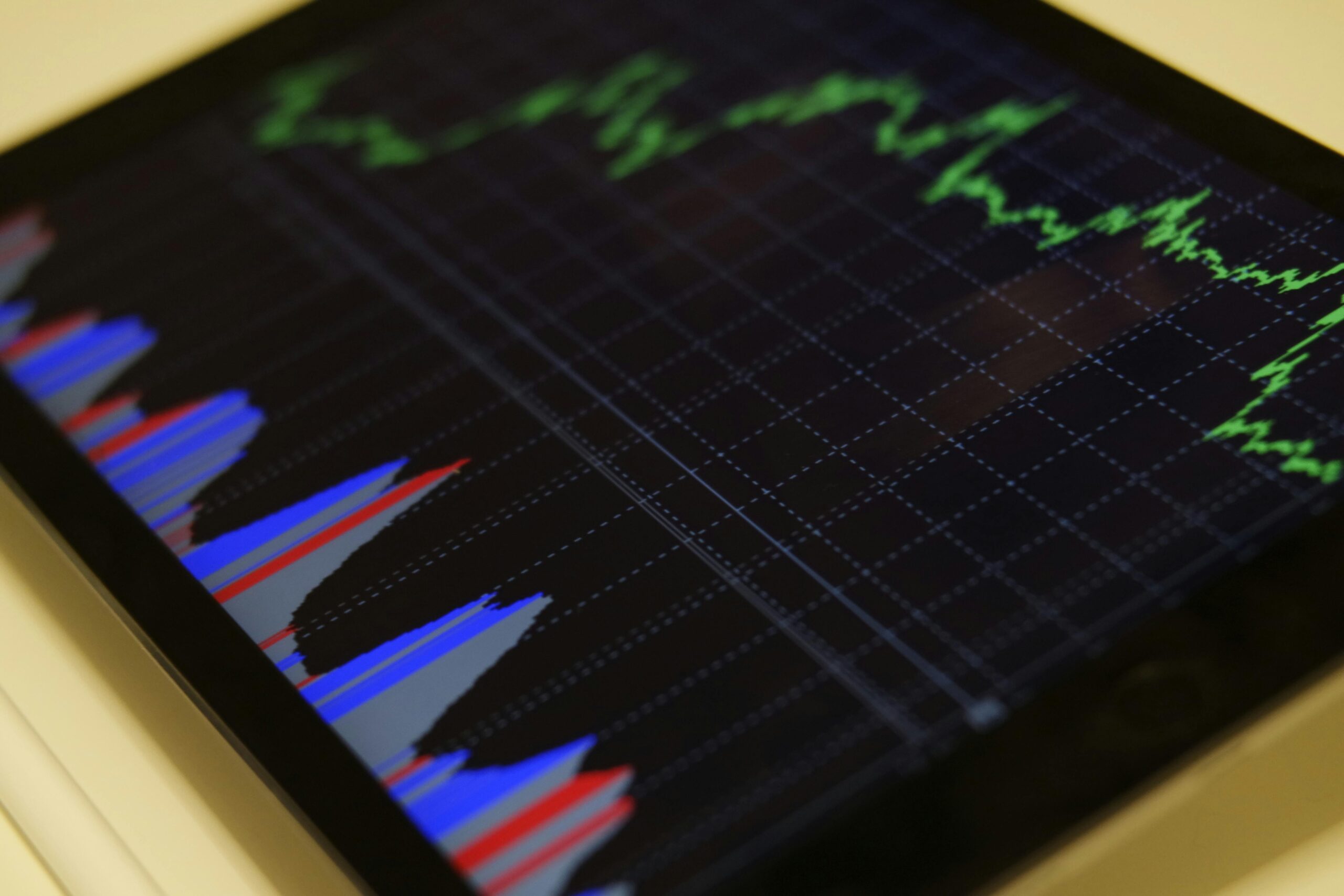 If you want to invest in the best and the biggest, look no further than the S&P 500...
If you want to invest in the best and the biggest, look no further than the S&P 500...
But if you want to beat the S&P 500, you need to look smaller... and earlier.
It's a huge deal for companies to join the S&P. But a lot of times, investors who jump on those additions already missed out on most of the upside.
By its own admission, the S&P 500 aims to represent leading companies in leading industries. So companies have to be well established in order to be eligible.
 Just take a look at vaccine maker Moderna (MRNA)...
Just take a look at vaccine maker Moderna (MRNA)...
When Moderna went public in 2018, it wasn't making any money. As a research company, it spent hundreds of millions of dollars every year... without collecting a dime of product revenue.
It relied on grants and "collaboration revenue" from larger pharma companies for years. And under S&P's rules, it couldn't be added to the index.
When the pandemic hit, Moderna emerged as an early front-runner for developing a COVID-19 vaccine. Investors took notice.
The stock more than tripled in the first half of 2020 alone... before it even finalized its vaccine. The day the first doses were delivered, on December 18, 2020, Moderna's stock was up more than 600% year to date.
And S&P investors had no choice but to sit out all those gains. Moderna didn't join the index until July 2021.
S&P doesn't just look at size when picking its 500 constituents. It considers other factors... like how much stock is available for investors and – the damning factor for Moderna – profitability.
While Moderna was busy developing its COVID-19 vaccine, it still wasn't making money.
And by the time it satisfied S&P's profitability requirements, the stock was less than two months away from peaking... for good. It only climbed another 50% after joining the index.
 But while S&P investors had to accept this paltry gain, an entirely different group was laughing all the way to the bank...
But while S&P investors had to accept this paltry gain, an entirely different group was laughing all the way to the bank...
Unlike the S&P 500, the Russell 2000 tries to expose its investors to stocks as early as possible. Moderna went public in December 2018... and it was in the Russell Top 500 Index by March 2019.
That's why it's such a big deal when stocks get added to the Russell indexes. It's often the earliest chance investors will have to buy those stocks before they hit the big leagues.
And that is why we take the annual Russell reconstitution so seriously...
Every year, all of the Russell indexes are rebalanced to reflect market changes from the past 365 days. And that makes "reconstitution day" one of the most anticipated, most followed events on the financial calendar.
The team at FTSE Russell, which creates the indexes, has been hard at work reviewing the 3,000 or so largest companies in the U.S.
These folks will figure out which companies they're going to remove from the indexes because they've shrunk too much. They'll decide which companies will replace them.
And the entire rebalancing happens in just one day.
 This year's Russell reconstitution is on June 28...
This year's Russell reconstitution is on June 28...
Institutional investors need to own these stocks to track the index's performance. With only one rebalancing a year, a lot more companies flow in and out of the Russell indexes at a time.
And the tiniest companies often experience much bigger price swings.
For a lot of them, it's the first time they'll see the light of day... even if they're unprofitable. They won't stay cheap for long, though.
If your timing is right and you pick great stocks, the Russell reconstitution is one of the best trading opportunities of the year. And it's not enough to get in early. Investors know which companies are likely to be stuck in the Russell's revolving door... moving in and out of the index for years to come.
My team and I have been preparing for this moment for months. We started by narrowing down the list of this year's potential additions.
We've found five that have what it takes to start moving up the ranks... and another seven that could very well get kicked off for good.
With the rebalancing fast approaching, you only have a few weeks to move your money – and take full advantage of this year's event.
Remember, this isn't a prediction. The rebalancing is guaranteed to happen every year.
I'm sharing the full details of what to expect... and how to access all our research for this year's event... right here.
(I'll even give away two of my avoid-at-all-cost stocks, absolutely free.)
It's not often that more than $10 trillion worth of stocks is set to move... and it's even more rare to know when it's coming well in advance.
Don't miss this opportunity – you won't see it again for another year.
Regards,
Joel Litman
May 10, 2024



 If you want to invest in the best and the biggest, look no further than the S&P 500...
If you want to invest in the best and the biggest, look no further than the S&P 500...

